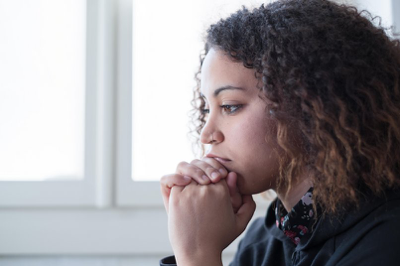
Panic attacks, heart palpitations, somatisation, phobias, social anxiety, worry, catastrophising…
It’s not a way to live life to the fullest. You feel vulnerable, frightened, unprotected and helpless. Fear can be a lot easier to handle, as it’s more clear-cut. Once the ‘scary thing’ disappears, we feel okay again. But anxiety goes on and on continuously, regardless of whether the fearful incident has ended or not. This is because with states of anxiety, the brain triggers high levels of stress hormones, which colour our perception with a sense of threat, danger and deep unease. As Sarah, one particularly anxious 15-year girl, told me, “I have never known one moment of calm in my life.”
How do children and teenagers commonly try to cope with feeling anxious
They act! By controlling, avoiding or both.
Controlling includes behaviours like controlling food intake, purging, checking things (e.g. taps and plugs) carrying out rituals, self-harming.
Avoiding means avoiding situations that evoke feelings of threat and danger, for example not going out to social gatherings, parties where there are lots of people or missing school (phobias or social phobias).
In order to heal, anxious children and teenagers need to stop ‘acting’ on their outer world and start thinking and feeling about their inner world, namely the underlying feelings fueling their anxiety. This is because anxiety is always a symptom, never a cause.